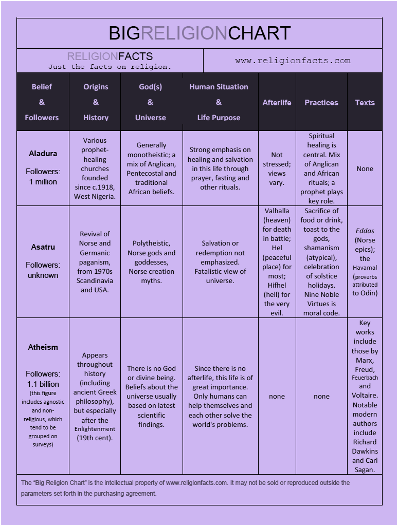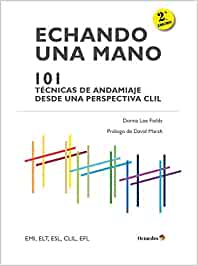
Download PDF of scaffold here.
theory behind scaffold…
During the winter breaks – December to early January -multicultural celebrations are enjoyed around the globe. Not surprisingly, International Religion Day is on the 3rd Sunday of every January. Before we begin the break or as soon as we come back, we can marry the two by delving into the commonalities of what affects the world in such a meaningful way.
International Religion Day is celebrated every year on the 3rd Sunday of January. The aim is to reconsider the origins and utility of religion in the world today. International World Religion Day began in 1947 in Portland, Maine by Firuz Kazamzadeh, whose desire it was to spread awareness and knowledge of the thousands of religions practiced all over the world, and so create tolerance and understanding between people of all faiths.
This scaffold helps educators to address the focus of the day. It encourages students to separate the dogma of religions from the intention, to recognise traditional practices common in many religion (in other words, see the similarities), and to negotiate with their classmates the relevance (or irrelevance) of religions in the present.
For teachers working in religiously volitive areas, this can be a delicate dance, and so will need to evaluate the high- or low-impact it may have on the community in question. However, religion is only one of many sensitive subject areas: war, animal rights, euthanasia, stem cell research being among the many others. If we don’t give our students the opportunity to consider these topics through structured critical thinking strategies, they may not acquire a sufficiently incisive understanding of different perspectives of religion and beliefs. This might end up meaning that their understanding of the impact of these issues on people’s decision-making is often distorted (Ofsted, 2010, 31).
For those of you willing, here are the steps to introduce the subject conscientiously and respectfully to your students.
step by step…
- Students use the template to consider, negotiate, and answer the following questions:
- What are common threads of religions?
- What purpose does religion serve in any given society?
- Where does religion and culture cross?
- How much does religion shape language?
- How much does religion influence behaviour?
- How do religions strengthen or weaken global connection?
- If you could choose one word to represent your religion, what would it be?

- In groups, students choose 5 religions from the list at the site: and its sister page: Big Religion Chart. Using a Venn Diagram or any other type of graphic organiser to show the similarities and differences between them.

- Students read about the role of women in religion at Open Learn and consider dictates about women and virginity that are virtually universal in religions, the origins of these practices, and whether they have or ever had validity.
- Formative evaluation: Students view the graphic organiser created by their classmates and write 100-150 words on the similarities and differences that they recognise from their own. Groups share the similarities between the religions they have studied, their conclusions and answer the question:
How would the world be different – economically, socially and politically – if world leaders acted with more tolerance towards all religions, and egalitarian regarding gender.
- Students need to give a theoretical example of how at least one country would be changed if led by this axiom. Students need to give a theoretical example of how at least one country would be changed if led by this axiom.
- Reflection: Write 150-200 words the changes they may have experienced in their view of the necessity and/or relevance of religion in the world today.

